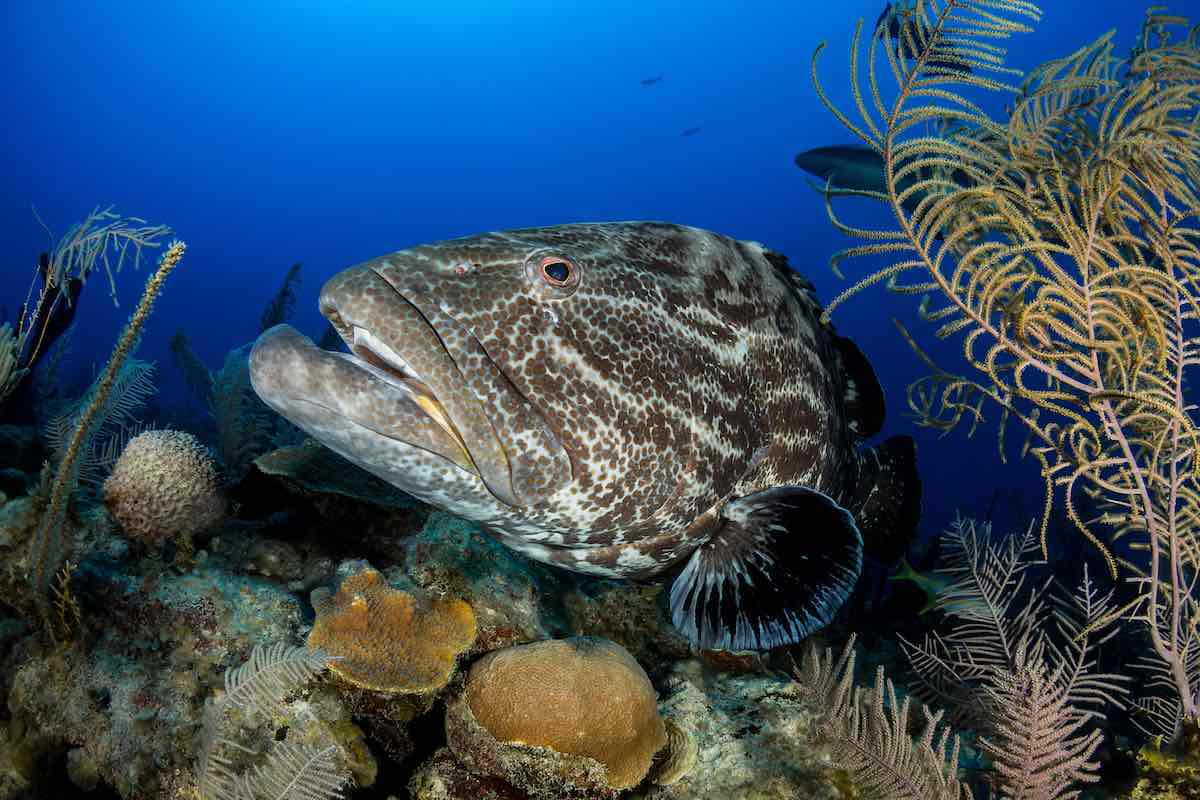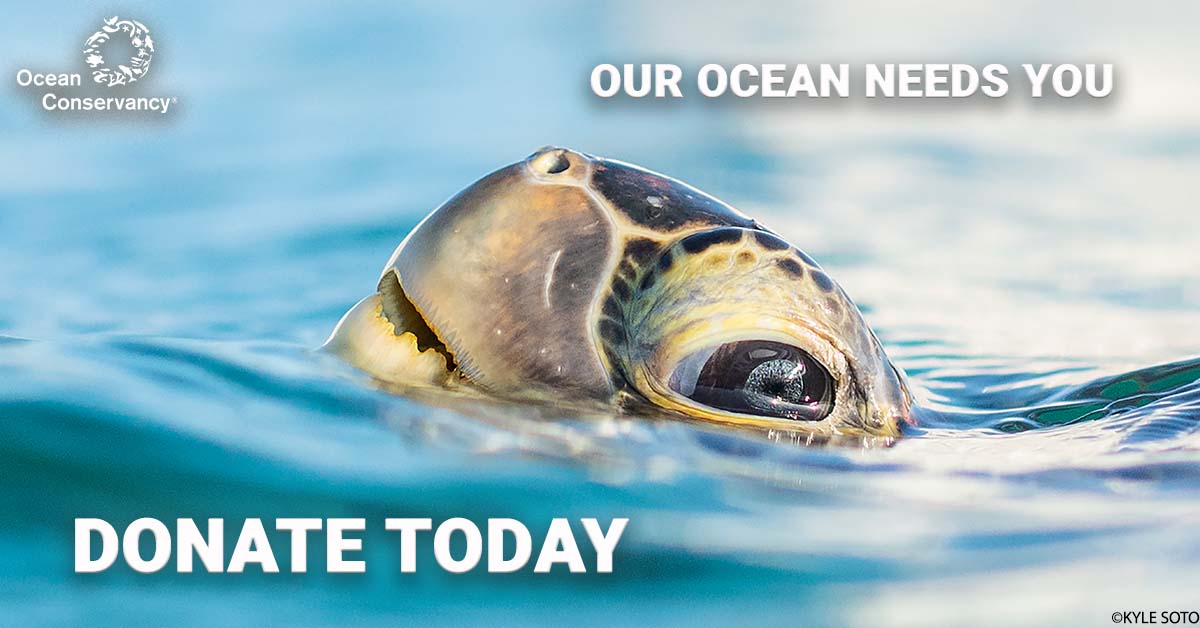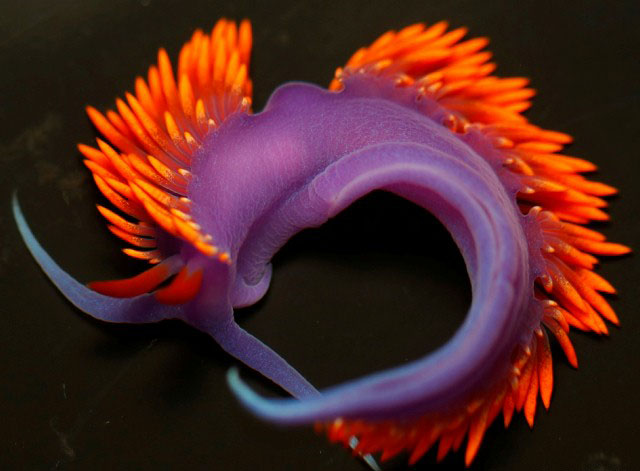How Do Gills Work In Aquatic Animals
X
Attention: Your browser is no longer supported and will non receive whatever further security updates. Websites may no longer display or comport correctly every bit they take in the past. Delight transition to using Microsoft Edge, Microsoft's latest browser, to proceed enjoying the modern spider web.
Blog
Ocean Currents
How Do Gills Piece of work?
Why did the fish go to jail? He was gill-ty.

All animals exhale. How they breathe, withal, varies.
If yous're reading this, yous're probably a human. This means that you exhale past inhaling oxygen (which your body need to function) and exhaling carbon dioxide as waste. Air flows in through your nose or oral fissure and into your lungs where oxygen is transported through blood to the remainder of your body. (Side note: are you breathing more than heavily equally you read this? Just me?)
In order for usa to breathe, we demand air. So, what does that mean for animals that live in the sea?

Like the states, fish also demand to take in oxygen and expel carbon dioxide in order to survive. But instead of lungs, they utilise gills. Gills are branching organs located on the side of fish heads that have many, many small blood vessels chosen capillaries. As the fish opens its oral cavity, h2o runs over the gills, and claret in the capillaries picks up oxygen that's dissolved in the water. And so the blood moves through the fish's body to evangelize the oxygen, only similar in humans. All bony fish too have a bony plate called an operculum, which opens and closes to protect the gills.
Fish aren't the only undersea organisms to employ gills, yet. Mollusks and crustaceans besides have gills that operate the same fashion by pulling oxygen out of the water as information technology runs over the gills. Some animals even display their gills outside of the torso: the name "nudibranch" (normally known equally sea slugs) comes from Greek and Latin words meaning "naked gills." Nudibranchs oftentimes have feathery, brightly-colored ones that are exposed on their backs.

It's difficult work to exhale underwater. The air we exhale has an oxygen concentration of 200,000 parts per million. H2o, on the other hand, only has a concentration of 4 to eight parts per million. That ways fish need to run a lot of h2o over their gills to go the amount of oxygen they demand to survive. Likewise, gills are very efficient in extracting the oxygen the fish needs!
Breathing gets fifty-fifty harder when the oxygen concentration decreases. You may have heard of hypoxic zones, also known equally "dead zones", where low levels of oxygen go far impossible for animals to survive. Although they can occur naturally, hypoxic zones can also be created by human activity. When loftier-food pollution, like farm runoff, enters the sea, it can cause algal blooms that then die and decompose, causing low-oxygen zones. In 2019, runoff caused massive expressionless zones in the Gulf of Mexico.
Just like we need clean air to breathe, fish need clean h2o to breathe. Nosotros can assistance gilled organisms thrive by keeping their body of water habitat complimentary of pollutants.

Related Articles
Source: https://oceanconservancy.org/blog/2020/01/17/gills/
Posted by: sullivanwhinged.blogspot.com

0 Response to "How Do Gills Work In Aquatic Animals"
Post a Comment